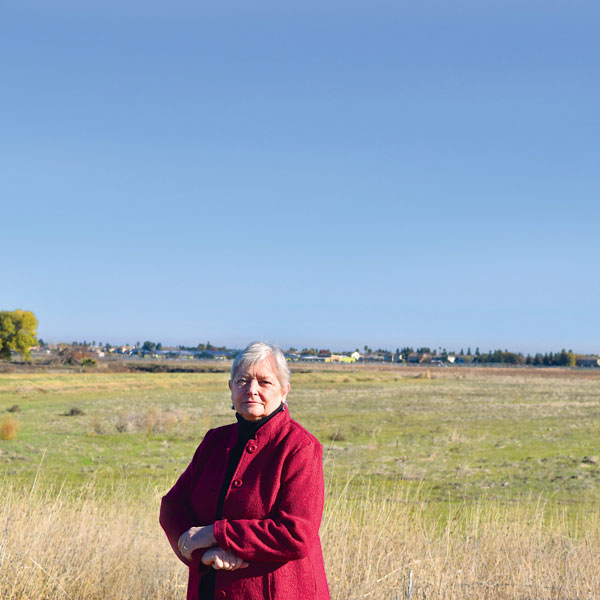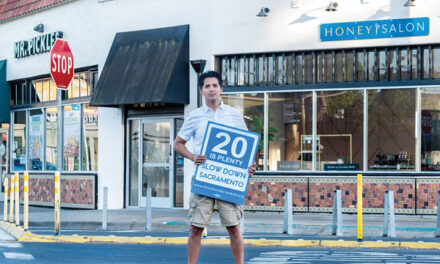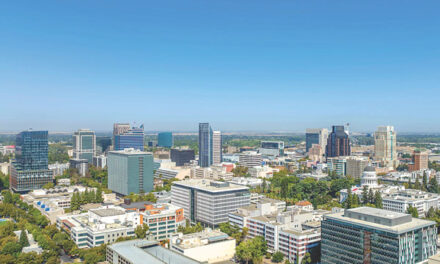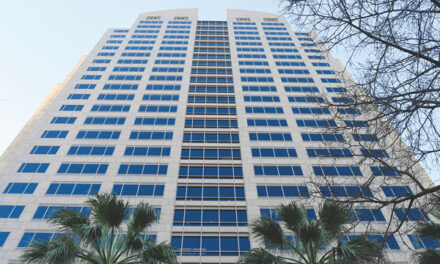Former Mayor Heather Fargo is at it again.
The environmental and community activist became known by her battles against sprawl and shoddy development in Natomas, where she’s lived for decades.
These days, four decades after those fights, Fargo and her allies meet with community groups, elected officials, city and county staff, and others to push back against what they see as more damaging development in the Natomas Basin north of Downtown.

If you live in East Sac, Land Park or Pocket and wonder why you should care about development near Sacramento International Airport, Fargo will tell you about climate change and the need to develop infill properties rather than paving more farmland and habitat.
“To me it’s worth the fight,” says Fargo, who served three terms on City Council before being elected mayor in 2000. “I know we might not win. But I am frustrated at the lack of information and communication to the public. Part of my effort has been to educate the public and the community of Natomas about what is at risk.”
Her concern involves a development proposal called the Airport South Industrial Project, 475 acres of farmland that NorthPoint Development and Angelo Tsakopoulos’ AKT Investments want to annex into the city.
The partnership wants to build more than 6 million square feet of warehouse and other “light industrial” development, some of which would reach the residential neighborhood of West Lake. Being in the city would provide access to improved water and sewage services, among other benefits.
The property is south of the airport and NorthPoint’s Metro Air Park, which has a huge Amazon distribution center and other large warehouses.
Airport South sits in the unincorporated county, just outside the Sacramento County Urban Services Boundary, beyond which development is not supposed to occur. About 120 acres exist within the Natomas Basin Habitat Conservation Plan that Fargo worked on to preserve farmland and open space.
Fargo learned about the new proposal after noticing it on a City Council consent calendar typically reserved for items that don’t merit public discussion.
When she protested to city staff that an annexation of that size and impact belonged on the discussion agenda, she says it was removed altogether and forwarded to the Sacramento Local Agency Formation Commission, the agency with authority to change city and county boundaries.
Cheryle Hodge, a principal planner for the city who oversees proposals that affect boundaries, says the project was taken off the agenda because city planners and LAFCo are jointly overseeing an environmental impact review. She expects it to be completed next spring or summer. If the proposal goes forward, there will be public hearings.
“Right now, we are taking an objective position on the project,” she says. “There is a process underway where it will be vetted and evaluated.” She notes the project would create up to 5,000 new jobs and bring millions of dollars of tax revenue into the city.
Nick Avdis, a lawyer representing AKT, respects Fargo’s position but thinks she’s wrong about the impact.
“This is going to be a huge economic driver for the city, which is facing structural deficits in the tens of millions of dollars. Rather than being a detriment, this is something the city has wanted.”
Fargo worries about the message that will be sent if the project is approved.
“I think this is part of a bigger play,” she says. “That if they are able to get this project through and complete the interchange out there that they need, it would open the door to more development. It would also send a bad message from the city to the county that this kind of development out there is OK.”
Fargo has many allies, including the Environmental Council of Sacramento, Sierra Club, Sacramento Audubon Society, Friends of the Swainson’s Hawk, Save the American River Association and Habitat 2020.
Fargo’s PowerPoint presentation lists proposals for residential and industrial development on more than 8,000 nearby acres, stretching to Sutter County. It would double the population and traffic in the Natomas Basin, she says.
Rob Burness, a former county planner instrumental in drafting the growth boundary, volunteers alongside Fargo. He says, “There has been a frenzy of these kinds of freeway-centric warehouse projects to accommodate what’s anticipated to be the continued growth in the online shopping business.”
He adds, “Sacramento has long been a developer-run or speculator-run town, and it really troubles me that we’re constantly fighting the expansion of the urban area when we really need to be focusing on urban growth that is high-density and closer in.”
Fargo agrees. When I ask why she’s still fighting after all these years, despite being slowed by multiple sclerosis since 1995, she admits stubbornness is part of it.
“But more than anything, I am frustrated because we don’t appear to have a champion on the City Council these days who will raise these issues. And with climate change, I think they are more important than ever.”
Gary Delsohn can be reached at gdelsohn@gmail.com. Follow us on Facebook and Instagram: @insidesacramento.















